
Once upon a time, children dressed up on Halloween and went out after dinner---in the dark---to Trick or Treat. One of the prizes of the adventure was the discovery of half a dozen "fivesomes"---cellophane packages of malted milk balls that had to be immediately hidden away from siblings and parents who seemed to take as much delight in them as their children. Malted milk balls have changed little since the 1930s. They are still favorite confections of children and parents who remember the thrill of finding some fivesomes at the bottom of their Trick or Treat bags.
The Facts

Malted milk powder consists of wheat, non-diastatic malt and powdered milk, ground finely to make a somewhat gritty powder. Diastatic malt is an extract barley and contains enzymes that break down starches into sugars; non-diastatic malt does not contain these enzymes. Although sweeteners most often are added to it, non-diastatic malt is a naturally sweet substance.
Identification

Malted milk balls are a candy, classically made with a center consisting of malted milk powder and white chocolate or white coating "bark," combined and rolled into balls and then coated with milk chocolate. Other coatings have been used for novelty or holiday candy but all malted milk balls contain essentially the same centers covered by a chocolate-flavored coating.
Invention

William Horlick, a native of England, settled in Racine, Wisconsin where he experimented in the production of dried milk products. In 1887, he created malted milk powder---a mixture that he hoped to market as a health food. Horlick's malted milk became popular as a sweetener for everything from infant formula to fountain drinks and waffles. In 1936, Forrest Mars created the first candy using the powder with a malted milk center covered with milk chocolate. The American version of Mars' Malteasers was introduced by the Overland Candy Company in 1939 as Giants.
Early History

The Overland Candy Company became part of the Chicago Biscuit Company, Leaf Gum and Leaf Machinery and Giants were re-branded as Whoppers in 1949. They were sold as loose penny candy and then in cellophane packages of of two and fivesomes. Leaf developed the distinctive milk carton packaging in the 1950s, which is still sold today. Leaf introduced egg-shaped Whoppers decorated like bird eggs for Easter and experimented with various flavor coatings in the 1950s. Leaf was acquired by W.R. Grace in 1960, but repurchased by Leaf in 1976.
Current Production
Malteasers are still produced in the Mars factory in Slough, England and numerous other candy makers have tried to take a bite out of the malted milk ball market with generic forms of the classic candy. Leaf's successor, the Hershey Company, markets Whoppers today with chocolate, peanut butter and strawberry coatings, as well as the Easter "robin eggs."
Significance
William Horlick and his brother James made fortunes on the production of malted milk powder, opening plants in the United States and England. Horlick's malted milk powder is still produced in England as part of Glaxo-Smith Kline Consumer Healthcare. Carnation cornered the American market. Malted milk balls, although not providing any particular boon to nutrition, have given generations of children on both sides of the Atlantic a not-too-sweet candy that brings back nostalgic memories of a time when life---and treats---were simpler.
Related Articles

Nutritional Information on Junior Mints

How Many Types of Chocolate Are There?
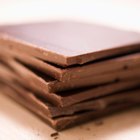
How Many Calories Do Popular Chocolates ...

Nutrition Facts for Tootsie Rolls

What Is a Frosted Malted?

What Are Rennet Tablets?
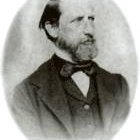
The History of Nestle Chocolate

The Popular Mixed Drinks of the 50s & ...

Calories In Maltesers
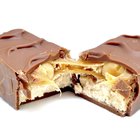
How Many Calories Are in a Fun Size ...

History of M&M's Candies
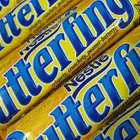
Butterfinger Candy Bar Facts
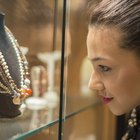
What Is Trifari Jewelry?

The History of Caramel Candy

The First Converse Shoe
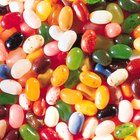
Jelly Belly Nutritional Information
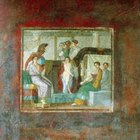
What Are the Family Ties for the Greek ...

About Colonial Desserts

Rolo Nutrition Information

Goldfish Nutrition Information
References
Resources
Writer Bio
An avid perennial gardener and old house owner, Laura Reynolds has had careers in teaching and juvenile justice. A retired municipal judgem Reynolds holds a degree in communications from Northern Illinois University. Her six children and stepchildren served as subjects of editorials during her tenure as a local newspaper editor.
Photo Credits
Wikimedia Commons, Wikimedia Commons, Wikimedia Commons, Old Time Candy Company, Wikimedia Commons